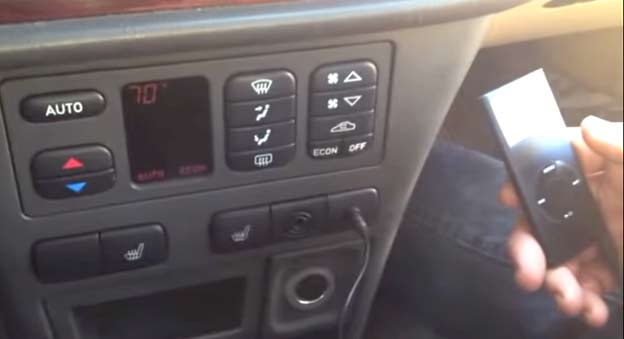Carmaker Saab, which is owned by General Motors, has had its application to enter a reorganisation process approved by a Swedish court.
An administrator has been appointed to handle the process. Saab is seeking to create a fully independent business.
GM has said that it wants to sell Saab. There had been concerns about the loss-making carmaker after the Swedish government rejected GM’s call for aid.
GM took a 50% stake in Saab in 1989 and gained full ownership ten years later.
Any restructuring would need the approval of Saab’s creditors, who meet on 6 April.
Expressions of interest
“Today is the beginning of a new chapter in Saab’s history,” said Jan Ake Jonsson, Saab’s managing director.
He also said that several companies had expressed interest in Saab, though he declined to name any.
“Even though we have not been actively searching for new partners, we have had many knocking on our door showing interest in Saab,” he said.
He also revealed that creating a separate unit of Saab and German carmaker Opel, also owned by GM, had not been discussed.
Separately, the German government said that it had not received an official application for a state guarantee from carmaker Opel.
The government was waiting for a plan from Opel on its future before making any decisions, a government spokesman said.
Government aid
Despite turning down GM’s request for support, a senior Swedish government official has said the government has not ruled out providing loan guarantees to Saab following its restructuring.
“It is not the case that we have closed the door to that. That will depend on what the plans look like,” Joran Hagglund, state secretary at the Swedish Industry Ministry, told the Reuters news agency.
Sweden said last year that it would provide up to 25bn Swedish crowns in aid to its auto industry to help it through the economic crisis.
Mr Jonsson said Saab expected to be given access to the state funds.
Saab said in a statement that the reorganisation was “the best way to create a truly independent entity that is ready for investment”.
In a restructuring plan submitted to the US Treasury this week, GM had said it planned to make Saab an independent business by the start of 2010.
Loss-making
Sales at Saab in 2008 were down 25% on the previous year.
The Swedish carmaker has not made a profit since 2001. In 2007 it made an operating loss of 2.19bn Swedish crowns ($248m; £175m), according to regulatory filings.
It estimates its losses in 2008 at around 3bn Swedish crowns and expects a similar loss this year, filings also revealed.
Stephen Pope, chief global strategist at Cantor Fitzgerald, believes GM “oversaw the destruction of the Swedish car company’s soul”.
“Just look at the current ’93’ [model] as an example,” he said. “The ’93’ is just a Saab body skin placed on top of the Vectra from Opel/Vauxhall.”
Protection from creditors
The reorganisation process is the Swedish equivalent of going into Chapter 11 bankruptcy protection in the US, providing protection from creditors.
Saab has plans to launch three new models over the next year and a half.
“Reorganisation will give us the time and means that help get these products to market while minimising the liquidity impact of Saab on GM,” Mr Jonsson said.
Saab said funding for the restructured company would need to be secured during the three-month reorganisation process and would be sought from both public and private sources.
During that period, the company is not allowed to pay off any debts accumulated before the reorganisation was declared.

Supplier concerns
Saab employs about 4,100 people in Sweden. Thousands more work for suppliers to the company.
Responding to concerns from Saab’s supplier base, GM Europe said it would establish “a viable mechanism for the timely payment of suppliers’ claims towards Saab”.
GM added that it hoped the gesture would encourage suppliers to support Saab’s efforts to reorganise into an independent business.











